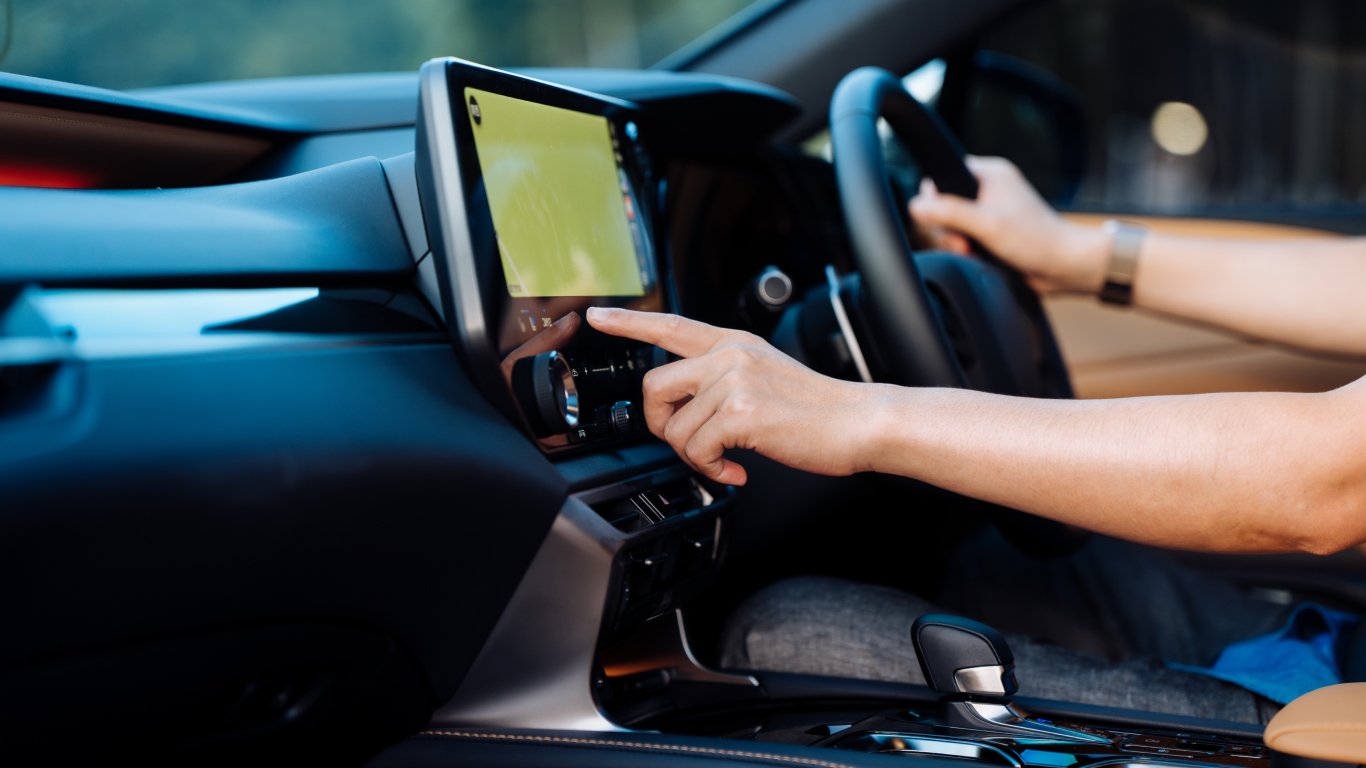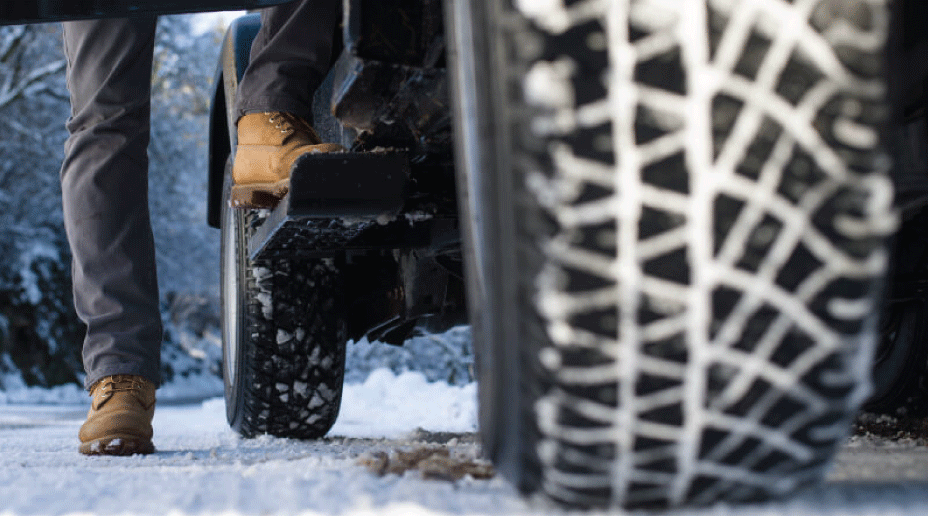Published 15 October 2025

Are hands-free devices safe?
Drivers can lose focus for all sorts of reasons like blaring tunes, chatty passengers, or a nice view out of the window - but one of the biggest distractions is our devices.
By law, it’s illegal to hold or use a phone, sat-nav, tablet, or any device capable of sending or receiving data while driving. Understanding the rules around distracted driving is essential— not only to avoid penalties but also to protect your safety and the safety of others
While hands-free technology has helped solve this problem, research suggests these devices can be just as dangerous. There are a few important things to keep in mind when it comes to driving and devices:
- If you are caught using your mobile phone while driving, you could face fines up to £200 and six penalty points.
- The police can still pull you over if they think you're distracted by a hands-free device.
- Some car companies are developing technology to prevent distracted driving.
Our useful guide will help you understand the laws around using hands-free devices and how safe they really are.
What devices are illegal to use while driving?
Using a hand-held mobile phone while driving is illegal, including when you're stuck in a queue or stopped at traffic lights. So, don’t scroll Instagram or text, even if you’re stuck at red lights
There are a few exceptions where you can use a hand-held device in your car:
- You need to call 999 in an emergency and it's unsafe or impractical to stop - just make sure it's a genuine emergency.
- When you are safely parked with the engine off - not while waiting at the traffic lights.
- If you're making a contactless payment at a drive-through from a car that's not moving.
- For navigation, as long as it's kept in a cradle or phone holder, not in the driver's hand. You also need to make sure the device doesn't block your view of the road or the traffic ahead.
It's important to keep in mind that despite these exceptions, the police can still pull you over if they think you're distracted and not in full control of your vehicle.
What if I’m caught using my device while driving?
If you're caught using a hand-held device when driving, you could receive a fixed penalty notice. This means you'll have to pay a hefty fine of £200, and will get six points on your driving licence, which can impact your car insurance premium. More importantly, you could risk causing an accident. This is why lots of people now opt for the hands-free alternatives.
What counts as a hands-free device?
A hands-free device is exactly what it sounds like - a piece of equipment that can be used in the car without needing to use your hands. Most hands-free tech can be controlled using voice commands so your hands can stay firmly on the wheel at all times. This means you can focus on the road, making sure you’re driving safely, particularly in winter weather.
Examples of hands-free technology include:
- Bluetooth earpiece.
- Autonomous parking features.
- Voice command controls.
- Built-in satnav.
Are hands-free devices dangerous?
Various reports have found that driving while talking on a hands-free phone can be just as distracting as using a hand-held device. Conversations can take a driver’s attention away from the road, negatively impacting driving skills, increasing stopping distances, and lowering awareness - all of which can lead to an accident.
Should hands-free be banned?
Driver distraction can have fatal consequences and using a phone while driving (even if it’s hands free) is never a risk worth taking. In fact, several charities are calling for a complete ban on these devices.
The Government also recognises the potential dangers of using hands-free mobiles while driving, but banning them won’t be easy considering the number of modern cars made with voice command features and hands-free devices.
The laws will need to change to keep up with the advances in technology, so perhaps we’ll see an update on the rules soon. But for now, tackling hand-held mobile use and making sure people use hands-free devices safely remains the priority.
What else can help stop drivers being distracted by devices?
Hands-free technology isn’t the only thing out there designed to help us to stay focused on driving.
Apple's ‘Do Not Disturb’ driving mode limits notifications when your iPhone senses you're on the move. Android phones also have a ‘silence notifications while driving’ feature which can be switched on in settings.
Tiredness is another major distraction, but car manufacturers are working on monitoring systems which alert you if you're showing signs of fatigue. Some car brands are developing a Driver Monitor Camera (DMC) which delivers a warning if it detects an issue with your attention levels by tracking your eye movement and head position.
Although these technologies provide a helpful safety net, they’re no substitute for making sure you only drive when well-rested. The Highway code recommends drivers take 15-minute breaks every two hours. Most sleep-related accidents take place between 2am - 6am, and 2pm - 4pm. So, it’s important you’re not feeling tired before you get behind the wheel and remember to take breaks if your eyes start to feel heavy.
Check out Allianz Car Insurance to make sure you’re covered if you have an accident.













.jpeg)
.jpg)










